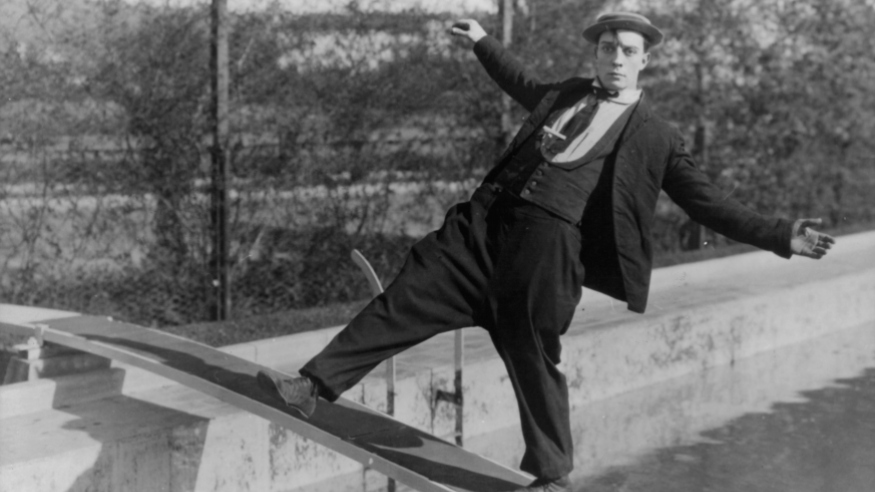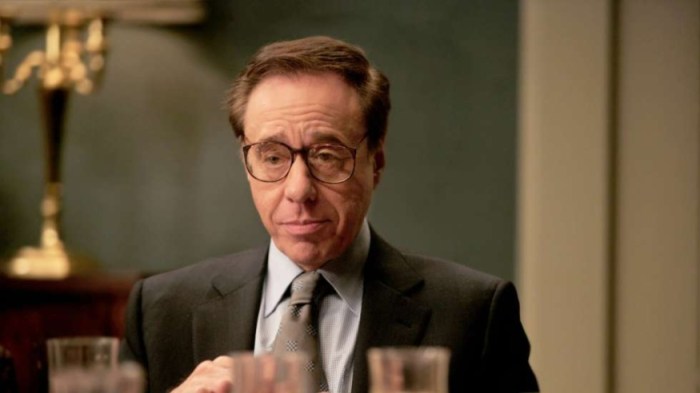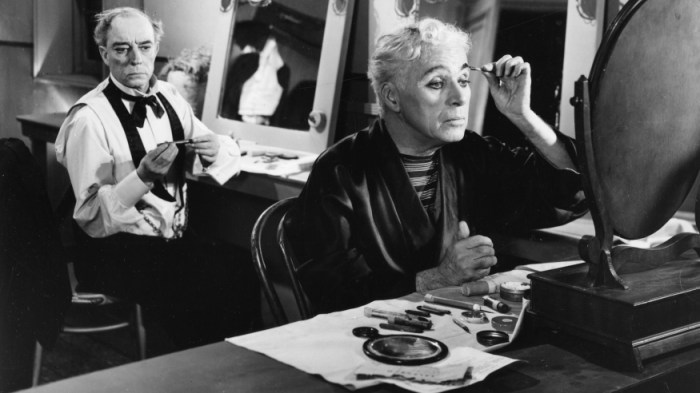With The Great Buster: A Celebration, Oscar nominated director Peter Bogdanovich looks to remind people of the brilliance of Buster Keaton, while unleashing the audacious and thrilling work of the legendary silent comedian on a brand new audience, too.
Bogdanovich is well aware of the difficulty of this task, because he recently admitted to me, “I think a lot of the kids don’t know who he is.”
“They don’t know anything from the silent era. You talk to them about the silent era you might as well talk to them about Sanskrit. They don’t like black and white either, which is really stupid.”
Bogdanovich, who shot to prominence directing “The Last Picture Show,” “Paper Moon” and “What’s Up, Doc?” in the 1970s, even went as far as to say, “I think there is hardly any film culture left in the United States.”
“We don’t have a rich film culture in this country. Hopefully this will bring him back to the attention of people that want a good laugh and want to see a genius of comedy.”
Any self-respecting cinephile will instantly want to watch and learn more about Keaton after seeing just one of the performer’s myriad of stunning stunts, too.
“One of his most extraordinary stunts was in ‘Our Hospitality, when he swings out on a log and catches that girl falling down a waterfall,” responded Bogdanovich when I asked him for his favorite Keaton sequence.
“That’s pretty spectacular. But there’s a number of them. Like the house falling on him. You’re just like, ‘How the hell did he do that?’”
For Bogdanovich the silent films of the 1920s remain unparalleled, so much so that he, as well as many other movie historians, still believe it to be the greatest era for comedy.
“I think it was for two reasons. One is that it was all in black and white and not in color, which is distracting for comedy.”
“You start saying, ‘Look at his nice hair and blue eyes and all that.’ People are distracted by colors. And also that no talking means that you don’t have to wait for laughs.”
“You can just build one laugh on top of another. That leads to hilarity. Much more easily than talking pictures where you have to wait for a laugh. You have to be careful about waiting for a laugh you see.”
Unfortunately for Keaton and for cinema he was never able to make the transition from silent cinema to talkies, which Bogdanovich puts down to him signing a terrible contract with MGM.
“MGM, as he said, was the worst decision he made in his laugh. They kind of ruined him over there. They ruined his reputation. They put him in a lot of junk movies that just didn’t work. They were popular, but they didn’t help Buster.”
“He lost his way really. But you can see in the Candid Camera clip we found from the 1960s just how brilliant he was at comedy.”
“He didn’t lose his touch, he just lost his independence and couldn’t make the films he wanted to. Then he got older and things went down hill.”
“When he went to MGM, they basically said he had to have scripts, and he often didn’t have scripts on a picture. He didn’t have any scripts except on ‘The General,’ and he just made it up as he went along.”
“He said, which I love, ‘You get a good beginning and a good ending and the middle takes care of itself.’ Which I always felt was really funny. You don’t know what to expect.”
“Georges Feydeau the French playwright once said, ‘Those who write comedy usually think sad first.’ Keaton certainly did.”
“The Great Buster: A Celebration,” which features interviews with Bill Hader, Quentin Tarantino, Mel Brooks, Dick Van Dyke, Johnny Knoxville and various other cinematic luminaries, is released in select cinemas on October 19.

















